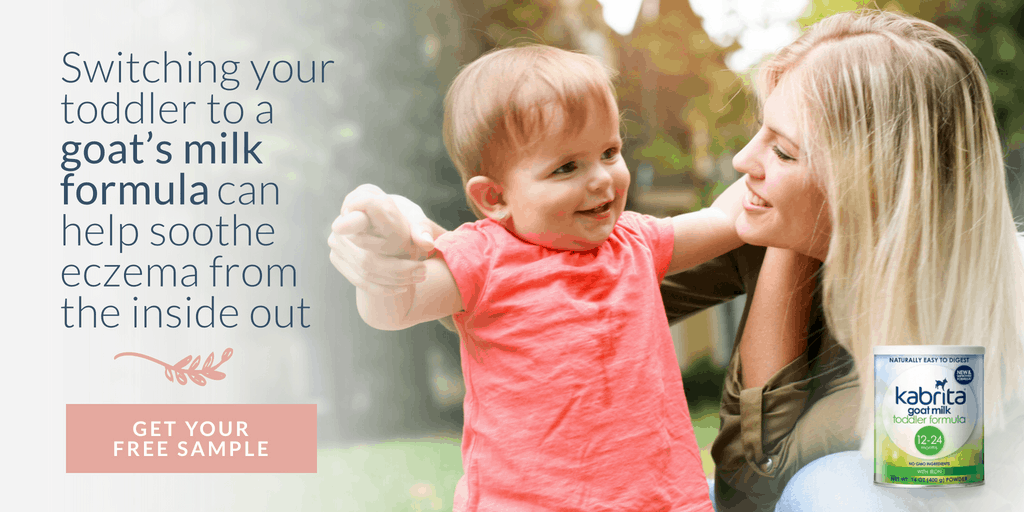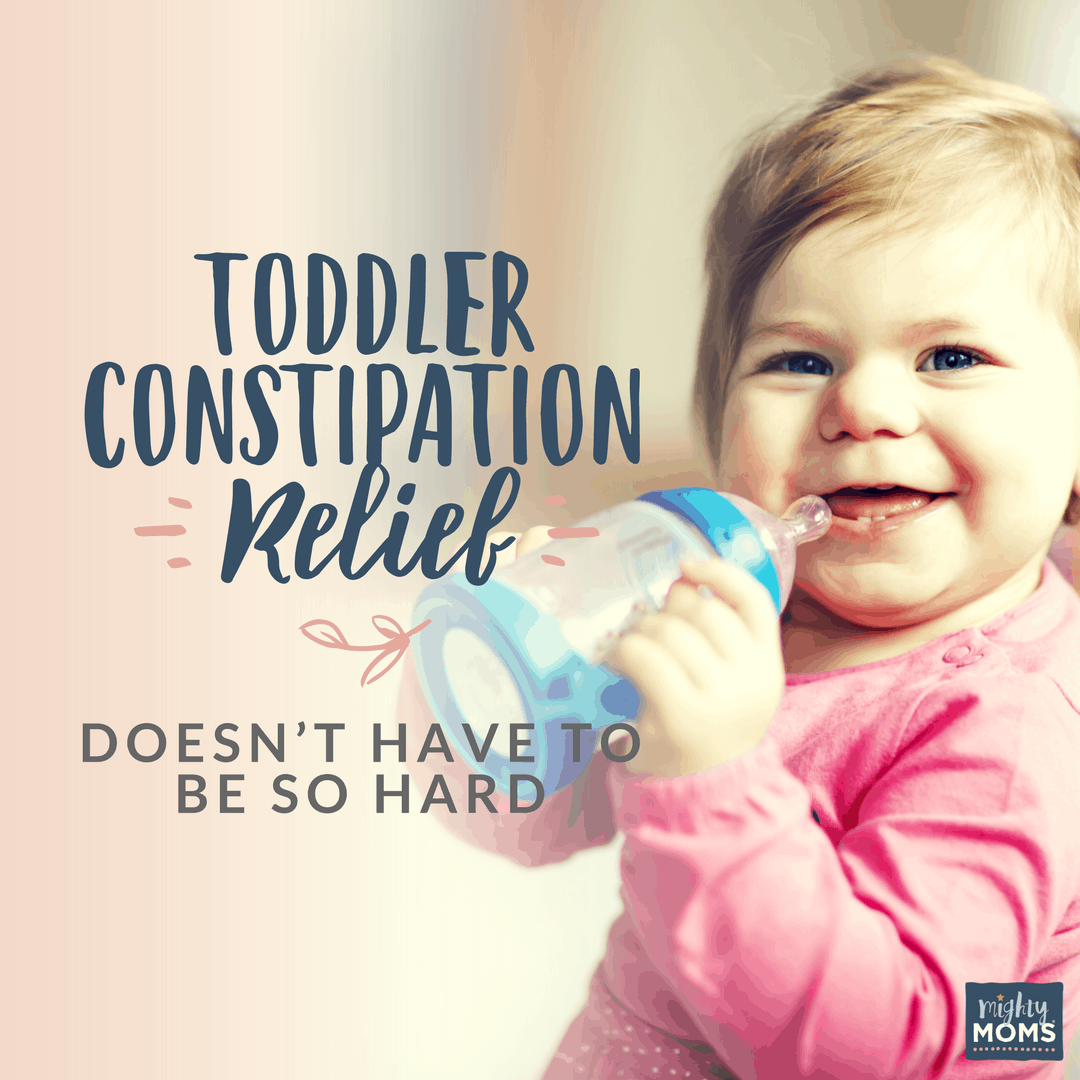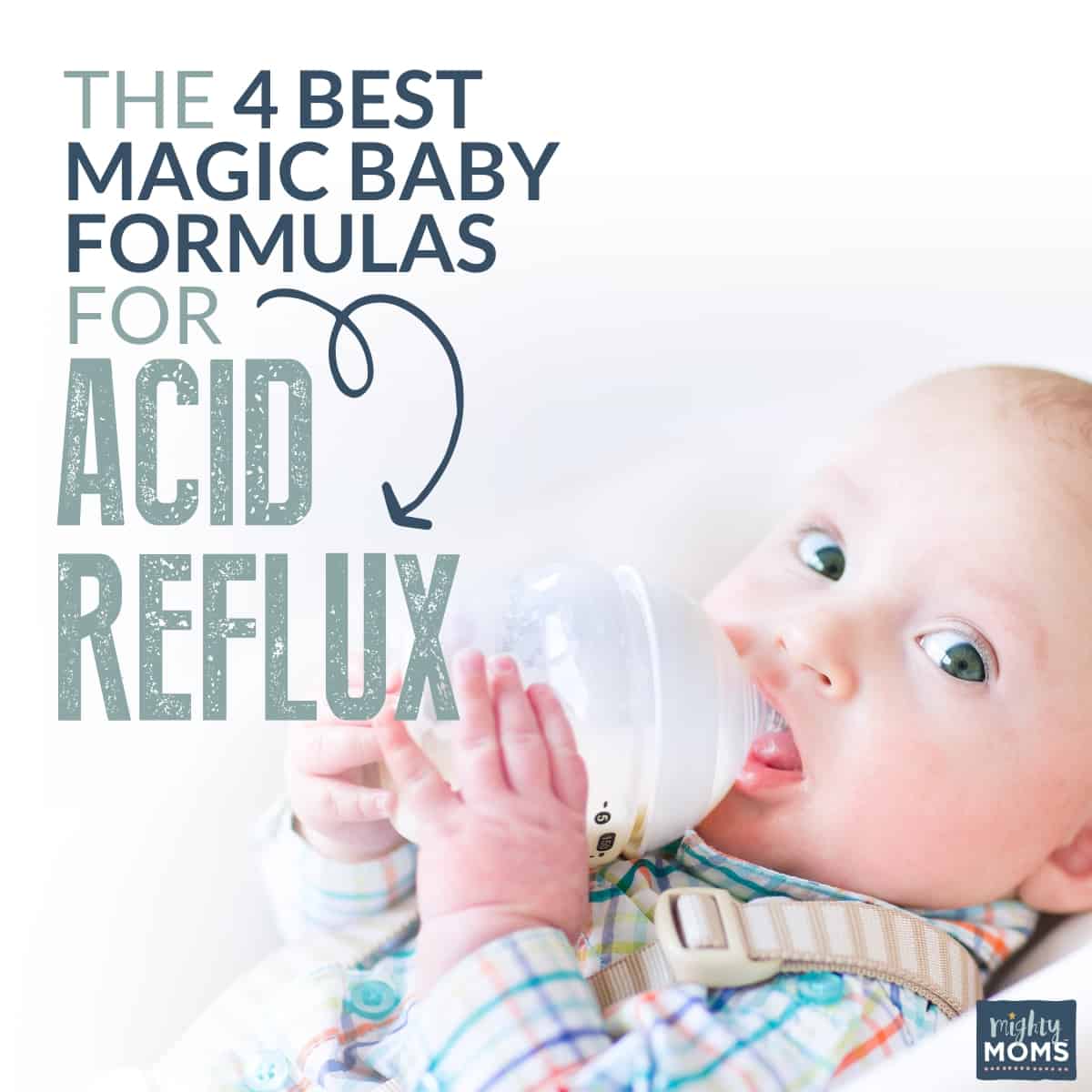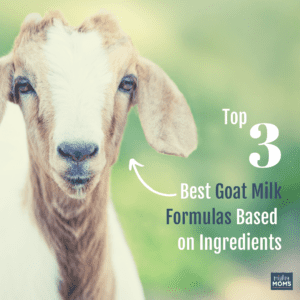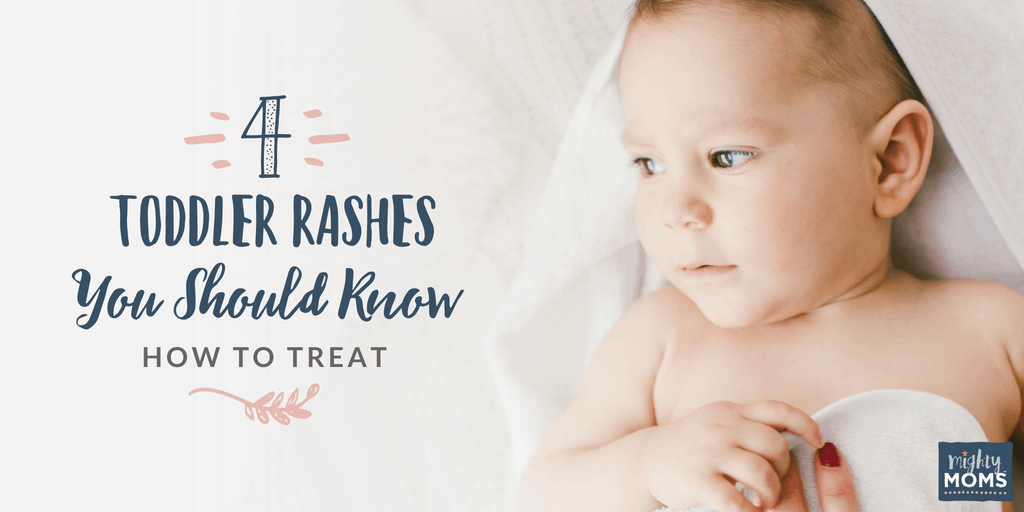
There are two things that are guaranteed to happen to every toddler on the planet:
- Toddler tantrums
- Toddler rashes
Yes, your “angel” is going to, at some point, have a major meltdown as you cross the toy aisle at Target. I also can promise you that, one day, you’re going to look at the cute little cherub face and recoil in horror at the splotchy rash stretched across it.
Your blood pressure will climb, and you will frantically start typing into your phone. This has a 95% chance of being a bad idea (unless you land on this article, course) because nearly every medical online self-diagnosis rabbit holes into some scary disease, which is just going to make your first freak-out look remarkably tiny. Now you’re in full blown call-the-prayer-chain crisis mode.
Don’t do that to yourself.
Since helping you avoid emotional meltdowns is kinda our thang here at MightyMoms.club, allow me to present the four toddler rashes you’re most likely to greet in the next few years.
Toddler Rash #1:
The Eczema Enemy
Eczema (fancy pants name: atopic dermatitis) looks like little red bumps tucked into adorable fat creases and coating the inside of elbows and the backs of knees.
Your child (because he’s a child) will scratch and scratch these little buds of torture and one day you may even find tiny specks of blood on his sheets in the morning. (Don’t beat yourself up too much. It happens to all of us.)
Temporary Treatments for Toddler Eczema
Your toddler’s arms and legs are red and throbbing. He’s King Crankypots and you’re at your wits end with worry. How do you fix the scratch ASAP? With one of these:
- Hydrocortisone Ointment is a great instant soother. (My kids like the ointment better than the cream. The cream can sting.) Just remember this is only for short-term use! If you find yourself using it for more than a few days, it’s time to look at one of the longer-term treatment options below.
- Talk to your doctor about giving your toddler an allergy medicine like Children’s Benadryl or Children’s Zyrtec.
- A cold compress is an excellent way to soothe away the burning. Pick up a cartoon animal compress and keep it in the freezer until needed. Toddlers are more likely to let a pig “sit” on their arm, than a boring blue medical compress!
Always double check with your doctor before giving your toddler over-the-counter creams, ointments, or medicines.
Long-Term Treatments for Toddler Eczema
You’ve managed to put out the skin-fire on your toddler’s arms and legs. He is finally resting comfortably, and you’ve got your fingers crossed there won’t be blood specks on the sheets from itchy fingers.
Now what?
Eventually, he’ll probably grow out of it. But do you really want to wait for “eventually?” (My 11-year-old still has the occasional flare-up!)
Here are some ideas to approach this problem with a long-term solution.
- Add more Omega-3 into his diet like DHA. Omega 3 is an anti-inflammatory, which means it helps prevent issues like toddler eczema from inflamming those stubby legs with Itchy Monsters.
- Keep his little fingernails cut short. This way, if he starts tingling in the middle of the night, he’ll end up rubbing instead of scratching.
- Tackle any home allergens by vacuuming more often, using HEPA air filters in your furnace, and regularly washing the bedsheets with a hypoallergenic detergent.
- Food triggers are one of the largest causes of toddler eczema. This study showed that cow’s milk can increase the likelihood of an atopic dermatitis (eczema) outbreak in some children. Keep a 7-day Diet Diary for your child (click here for a free download) to track outbreaks and possibly identify food-triggers.
If you’re concerned your child may have a sensitivity to cow’s milk*, take advantage of this free product trial and give their goat’s milk formula a test drive.
I’m confident you’ll join the ranks of Tina, Emiliya, Cori, Deborah, and Jessica who all testify that goat’s milk formula has a huge impact on relieving their children’s eczema.
*Not suitable for children who have been diagnosed with a cow milk protein allergy!
Toddler Rash #2:
Unwelcome Urushiol Rash
One of the best things about taking your toddler on a hike is watching his world expand and grow right before your eyes. Yes, you’ve seen a caterpillar before, but this alien fuzzy worm-thing is brand new to him! Everything is brand new: the birds, the flowers, the poison ivy…
Wait. What?
Yes, that tree he’s currently hugging is covered with poison ivy. *screaming commences*
Poison Ivy, Poison Oak, and Poison Sumac are not really poisonous, as in “they could kill you”. They just contain an oil called “urushiol” that causes skin to blister after being touched. Yes. It’s painful.
Treatments for Your Toddler’s Urushiol Rash
The first thing you should do is wash the area with lukewarm water to try to get the urushiol oil off. If there’s no immediate water source on your hike, clean the area with alcohol wipes (which I would keep in your emergency bag). Calamine lotion, cool compresses, and hydrocortisone ointments can also help with the burning.
A doctor’s visit may be prudent if the rash is on a large majority of your toddler’s body, or sprinkled across the face. If your toddler has a severe reaction (nausea, fever, shortness of breath, extreme soreness at the rash site, or swollen lymph nodes) call 911 and get him into the Emergency Room for a examination.
Toddler Rash #3:
Impetuous Impetigo
I’ll be honest. Impetigo looks nasty. Red gold-rimmed crusty sores on your child’s face, sometimes oozing a little fluid. Even you, who love your child, find yourself making this face:
Where Impetigo Comes From
Impetigo is caused by a bacteria that’s easily shared between your toddler’s friends. It’s also highly contagious, (yay!) which means you could also get it, so wash those hands frequently and don’t share any towels for a while!
Impetigo usually shows up on previously-existing cuts and insect bites. It usually clears up after 2-3 weeks, but if your child’s bug bites are almost constantly rimmed in yellow, your doctor may put her on an antibiotic to clear things up faster.
Treating Impetigo
- Clean infected area with soap and water, gently try to remove any crusty scabs.
- Cover infected area loosely. The scabs need airflow for healing. Covering also helps prevent contact that would spread the infection to others or to other parts of the child’s body. A lightly applied bandaid should work. Try to keep the sores covered until they are healed.
- Keep your toddler’s fingernails short.
- Wash your hands really well after treating the sores and make sure you wash any sheets/towels used by the child before letting someone else use them.
- Observe the rash. If it appears to get worse, give your doctor a call.
Toddler Rash #4:
The Virus Vixen
There are several toddler rashes that are direct symptoms of a bigger virus like…
- Chicken Pox
- Fifth Disease
- Roseola
- Hand-Foot-Mouth Disease
With the exception of Chicken Pox, viral rashes are usually not contagious once your toddler has been fever-free for 24 hours, and most viral rashes will disappear on their own after a few weeks. That said, I hate waiting, so…
At-Home Treatments for Viral Toddler Rashes
The two most common at-home remedies for these types of toddler rashes are the Oatmeal Treatment and the Baking Soda Treatment.
- For the Oatmeal Treatment, blend 2 Tablespoons of oatmeal with lukewarm water until you get a paste. Apply the paste to the rash and let it completely air-dry before brushing it off. Repeat daily until the rash disappears.
- For the Baking Soda Treatment, follow the same instructions, only substitute baking soda for the oatmeal.
The More You Know…
…the less panicked you’re going to feel when your toddler wakes up with a face redder than Elmo’s.
- Get ahead of those little red bumps and itchy skin by offering goat’s milk formula every day to prevent serious flare-ups of eczema.
- Keep alcohol wipes in your diaper bag or backpack when you are exploring the great outdoors. This way you can wipe away the Urushiol before it starts to blister.
- Trim your toddler’s fingernails, wash any impetigo spots, and apply loose bandaids.
- Use the Oatmeal or Baking Soda Treatment recipes to help your toddler endure a viral rash, until it goes away.
See how easy this was! You’ve saved yourself a whole lot of worry, not to mention that $75 Urgent Care Co-Pay. 🙂
I’d say that’s enough education for the day. Back to your Netflix binge!
Have You Read These Yet?
We Love Citations!
Review of Evidence for Dietary Influences on Atopic Dermatitis. NIH.gov
Natural Course of Cow’s Milk Allergy in Childhood Atopic Eczema/Dermatitis Syndrome. NIH.gov
Poison Ivy and Other Plants: What You Should Know. WebMD.com
What is Impetigo? WebMD.com
9 Natural Impetigo Treatments. DrAxe.com
Bacterial and Viral Rashes in Children. WebMD.com
Impetigo. HealthyChildren.org
